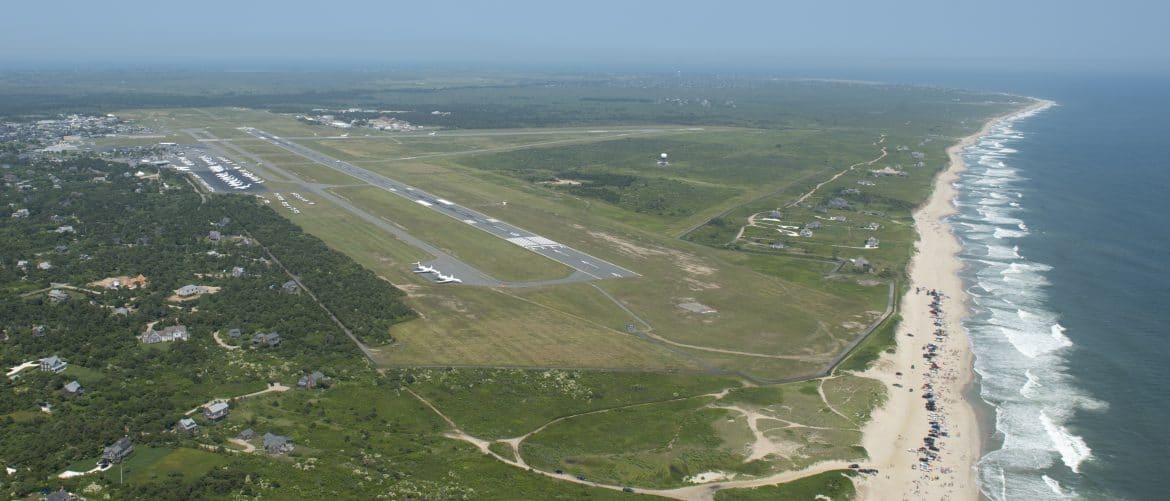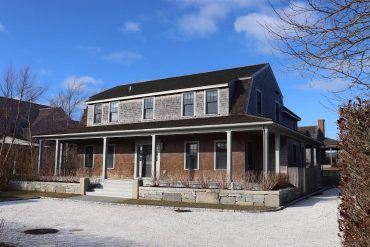Nantucket Memorial Airport is preparing to close its smallest runway for good in the coming months. The airport administration says runway 12/30 accounts for less than 1 percent of its total operations and the flying public simply won’t notice when it’s no longer in use. But some pilots and air traffic controllers aren’t so sure.
Runway 12/30 is a small, 2,600-foot utility runway that’s used by small aircraft during the busy summer months. But, according to assistant airport manager Noah Karberg, the Federal Aviation Administration recently changed its standards regarding runways like 12/30 that are used as both runways and taxiways.
“We were told it had to be closed or fixed immediately,” Karberg said. In this case, fixing the runway would mean widening it in an area with rare species habitat at substantial cost, with no grant money available. And so instead, the runway is being officially decommissioned, a process that could conclude as early as this month.
“There’s no impact on airport capacity or fuel utilization,” Karberg said, citing the airport’s reduced volume compared to a decade ago. “There will be no delays to the traveling public.”
But some air traffic controllers and pilots are not convinced the decommissioning of runway 12/30 will be so seamless.
“It means lengthy delays for people trying to fly into Nantucket,” said one air traffic controller who reached out to the Current to express their concerns but wished to remain anonymous in order to speak out on the matter. “It means that jet aircraft will potentially have to either hold on the ground at their departure airport or spin once they get here. It also means smaller VFR (visual flight rules) aircraft will have to circle before they can land.”
Pilot George Riethof said the closure will mean additional traffic on runway 24 during the summer months.
“This would result in considerably more air traffic mostly along the northern tier of the island, over the heavily populated areas of Shawkemo, Polpis, Pocomo, Quaise, Wauwinet, Pocomo, Squam, and Quidnet, as aircraft would be required to extend downwind operations to accommodate a longer final approach,” Riethof said in a letter to the airport in which he argued against the closure of the runway. “Naturally, this is less safe than having a smaller final approach with less aircraft. For single engine aircraft, this would also entail more operation more distant from the airport and over water: which are safety concerns for single engine aircraft.”
The closure of runway 12/30 has been discussed for several years now, Karberg said. Given the low volume and the potential costs of bringing it up to FAA standards, the closure is the most prudent decision for the airport both fiscally and considering operations.
“Ten or 15 years ago, we had 250,000 annual operations and more than 1,000 per day, Karberg said. “Nowadays those numbers are about 68,000 annual operations and no more than 600 per day. Plenty of airports that have one runway are able to accommodate the same type of fleet mix as Nantucket as well as equal or greater operations. This isn’t an eligible federal grant opportunity, and it’s not supported by the FAA. If it’s wanted, the parallel taxiway system has to be underwritten by the general fund. I don’t think that’s a starter for the airport to bring forward. The key is the physical infrastructure the pavement would have to support, but we would have to destroy our designated rare species habitat. It’s not an easy or appropriate project to do. The fix would involve major impacts to endangered rare species habitat.”






